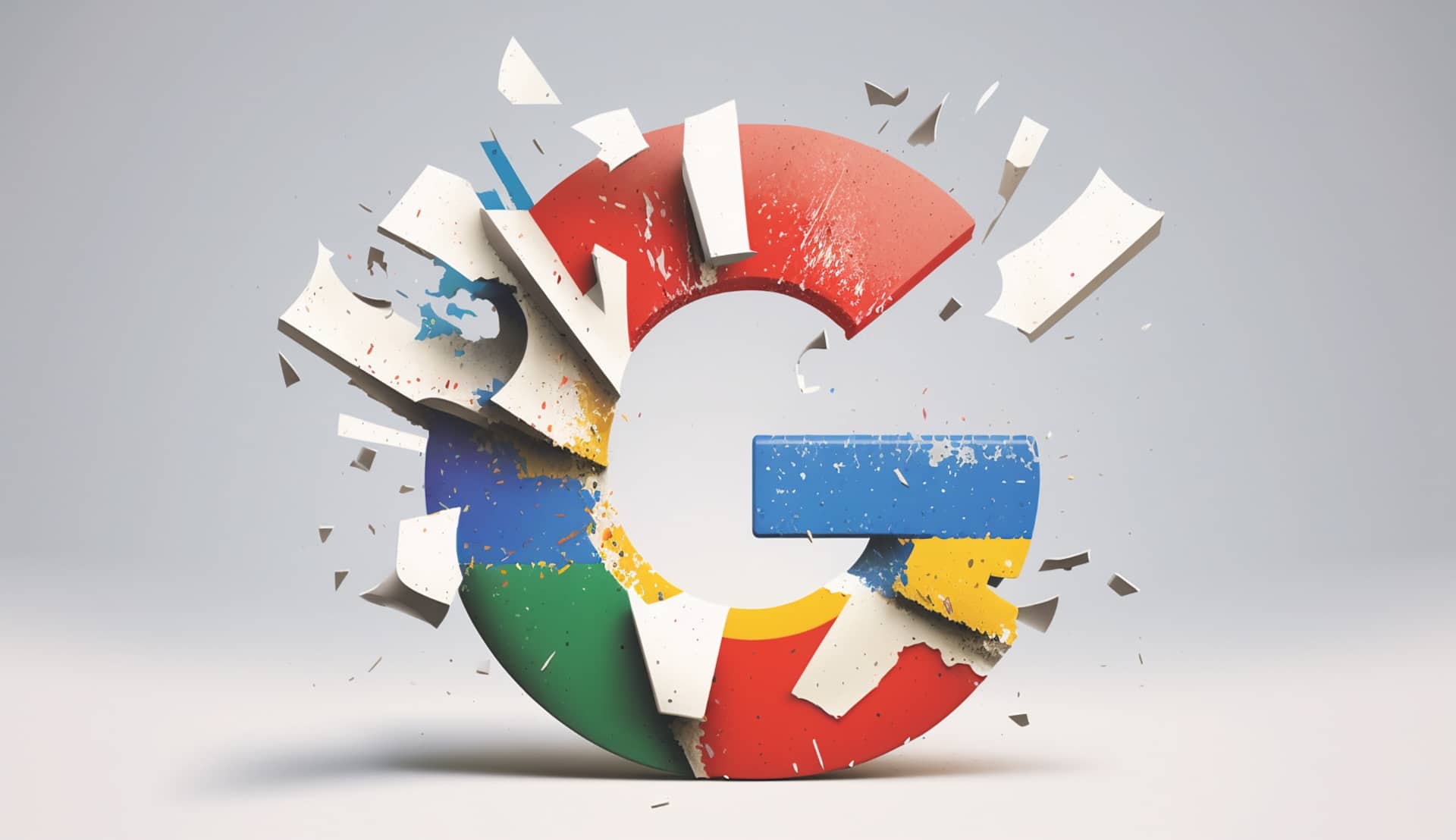Google has rolled out automatically created assets (ACA) for general availability.
The search engine has also expanded the feature to seven new languages:
- Dutch
- French
- German
- Italian
- Japanese
- Portuguese
- Spanish
Previously, ACAs were only available for advertisers running campaigns in English in open beta.
What are automatically created assets? Automatically created assets is a campaign-level setting that enhances the relevance of your Search ads by generating custom headlines and descriptions based on your ad’s context.
Why we care. ACAs can boost ad relevance by matching ads and landing pages better, however, it means ceding control to Google’s AI. This might not be suitable for highly regulated industries or brands with strict compliance standards, as you won’t have full control over the ad’s message.
Getting started. To begin using automatically created assets, you have two options:
- You can opt in from your campaigns’ settings, where you’ll find the relevant setting to enable this feature.
- Alternatively, keep an eye out for the “Enable automatically created assets” recommendation on the Recommendations page, and simply follow the prompts provided there to get started.
What has Google said? A Google spokesperson said in a statement:
- “Once enabled, ACAs can improve the Ad Strength of your responsive search ads and show new assets alongside assets you’ve already provided.”
- “If there are any automatically created assets you’d prefer to stop using, you can remove them from your ads.”
- “In the coming months, for advertisers with English assets in the US and UK, automatically created assets will start using generative AI to help advertisers create even more assets and make them better tailored to people’s search queries.”
Get the daily newsletter search marketers rely on.
Campaign level. Generative AI for ACAs will be implemented at a campaign-level opt-in setting only. It is not available at account level. The advantage here is as you can control which campaigns are powered by AI when testing.
Deep dive. Read Google’s responsive search ad guide for best practices on creating responsive search ads.
New on Search Engine Land








